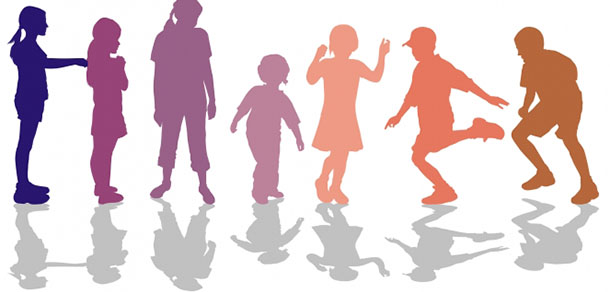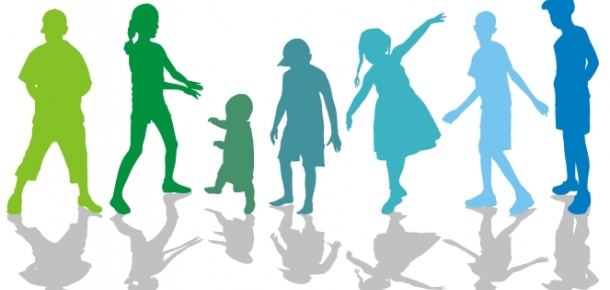About a week ago, the news reported that a 17-year-old transgender female ended her life. I am deeply saddened over learning of this young person’s death. I am reminded incessantly that this tragedy, which has happened too many times before, can happen again. While it is not known exactly how many transgender persons commit suicide, national statistics report that approximately 41% have attempted suicide. Lack of acceptance is often a common thread.
Just a reminder from my first blog post: Transgender is an umbrella term for individuals who experience their gender differently from their natal gender. These individuals experience a persistent discomfort with gender identity, causing extreme distress. Gender identity, not to be confused with sexual attraction, is one’s psychological sense of gender. Gender variance is a normal part of development. It is not learned, not chosen, not due to emotional or mental disorder and not determined by parenting.
While I am not privy to the specifics of the most recent tragedy, I can offer some perspective on the challenges that many transgender youth face. As a social worker in the Transgender Clinic at Cincinnati Children’s, some common themes arise.
Persons who identify as transgender deal with obstacles that cisgender individuals (those whose self-identity matches their biological sex) never even have to think about.
Imagine being in high school and having to ‘hold it’ all day because you are not allowed to use the bathroom associated with the gender you identify with. Imagine feeling that you are male, but look down to see breasts every day. Or imagine you identify as female but have a very deep voice and an Adams apple. Body image, bathrooms, sound of voice and in general, ‘passing’ as the gender you identify with, are constant realities for trans individuals. Now imagine feeling hopeless and unsupported in coping with these obstacles. Living in a gender binary world increases trans youth feelings of rejection, depression, anxiety and even suicidal thoughts and/or attempts.
So if you’re a parent, what can you do to help support your child who may identify with their non-natal sex? Allowing your child to be him or herself and explore and express their gender identity can help avoid devastating consequences. Children who experience gender variance and/or identify as transgender often feel pressured by family, peers and society to conform to their natal gender.
Parental acceptance and support is one of the greatest predictors in a child’s mental well-being. As a parent, if you are not ready to ‘accept,’ I encourage you to at least not reject. In other words, thank your child for their openness, tell them you may need time to digest their disclosure, but that you will still be there for them.
Here are things you can do if your child exhibits gender variance or identifies as transgender:
- Love and support your children for who they are. Affirm and validate their gender identity. Encourage individuality. For example, if your natal-born male wishes to wear a dress and grow long hair, allow the exploration.
- Allow your children to express their gender in any way comfortable to them. Do not try to force them to behave in a certain gender role.
- Create a safe environment at home, school and in the community. Educate yourself and others on how to create an atmosphere of acceptance. For example, meet with school officials to discuss use of preferred name and pronouns, discuss what bathroom your child will use and identify a person of support in the school.
- Look out for bullying. Tell your children they do not deserve to be hurt. Encourage them to tell you and/or the school if they are being bullied.
- Seek out community, family and peer support. Begin counseling for your family with a qualified therapist knowledgeable about gender dysphoria (list of resources below).
When a child expresses preferences that are gender non-conforming, it can be a shocking and sometimes even devastating experience for parents. As their children go through a “transitional” period, parents do so as well. It’s a period of mental adjustment, grief, patience, and ultimately acceptance. From my experience, it is never an easy process and there will be lots of ups and downs along the way. Since rejection is one of the greatest predictors of depression, anxiety and suicide, make sure your child has support, even if you do not feel prepared to be the one providing it.
A day after this recent suicide, when the news hadn’t quite yet hit, a mother of one of my patients posted the following quote:
“My daughter started estrogen this morning. When we left the hospital last night I could already see the relief and hope that she was filled with. She said, ‘we did it mom’ she was so positive for the first time in a long time. Today has been such a good day so far… I feel like I got my child back.” – mother of a trans female teen
I have been tremendously heartbroken and moved over the past week. I have seen our community respond to tragedy with empowerment and positivity. I have witnessed people coming together to fight for equality and justice. I see people working to ‘fix society.’ I recognize that this begins with acceptance and I am honored to be able to assist in sharing the message.
Will you?
Editor’s note: The following is a list of community resources available:
Cincinnati Children’s Transgender Clinic
513-636-4681
PFLAG (Parents, Families, and Friends of Lesbians and Gays)
513-721-7900
GLSEN (Gay, Lesbian and Straight Education Network)
866-934-9119
Heartland Trans* Wellness Group
513-549-4447
Be on the lookout for the third part in this series in 2015, which will focus on gender transition.




I know the language issue is very difficult and it’s probably impossible to please everyone, but the language used by the author, Sarah Painer really bothers me–especially since she is in this position of high respect and perceived authority. She certainly deserves high respect for the work she does, but here’s what troubles me about her chosen terminology. She distinguished trans individuals from “natal” individuals making it sound as if one was born perhaps more legitimately than the other. Secondly, she distinguishes transgender individuals from cisgender individuals by a supposed alignment to ones “biological” sex in the latter case but not the former!
Everyone is born (natal) with the biology that makes them who they are! Some are born with ambiguous external genitalia. In these cases it is known immediately that binary sex determinations may not be so simple to determine. But when the ambiguity is between body parts, (all of which are biological) such as the brain and the genitalia, and is therefore not apparent to the delivery doctor, the individual’s trans identification may not be known to others for years, if not decades–but it was there at birth (and is therefore natal) and is totally of biological origin.
You can’t just call someone born with a female brain (the source of identity) and male genitals a natal male–that’s so wrong! She is a natal female, born with a biologically female brain . . . and with biologically male genitalia, so yes, partially a natal male too. Are we just appeasing trans individuals by accepting some pretend transition that defies birth and biology? Or do we truly confirm the legitimacy of the fact that they were actually born that way, biologically, at least in the part of their body that determines identity?